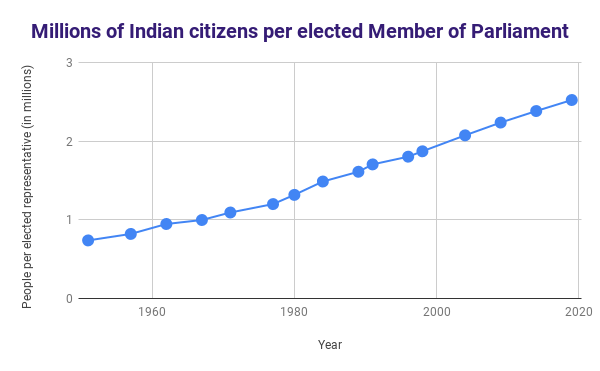A short thread on what I've learned about ORGANIZATION DESIGN in last 8 years.
The often repeated advice that “early startup employees wear multiple hats” is an implication of this bias.
It was a bad idea.
Real growth kickstarts when specialists are brought on to do killer execution on things that your company can benefit most from.
In other words, org charts implements a company's stategy.
As @benthompson suggests, Apple is functional while Microsoft is divisional: stratechery.com/concept/incent…
What roles should be there in the company and how those roles should be related to each other.
Observe how many startups hire VP Sales, COO, etc.
A prerequisite for doing org design is clarity on strategy because if there’s no clarity, whatever org you have will automatically start determining what your strategy.
I heard someone say that you don’t realize how much better a job can be done until you’ve seen someone do it 10x better.
You don’t need a frontend eng, what you need is frontend performance eng who can speed up your app 10x
Functions such as QA and development should always be parallel in org chart and not report to one another.
Doing this is the reason why big organizations usually cannot innovate when it comes to completely new initiatives. en.wikipedia.org/wiki/The_Innov…
The org chart should change as the strategy of the organization changes, which happens automatically as the company grows.
People don’t like their roles to be redefined, but has to be done.
If you promote your best performers to managers, ultimately your org will be full of mediocre managers. en.wikipedia.org/wiki/Peter_pri…
@saastr says your company’s entire leadership team has to be changed 3-4 times before it becomes big (>$100mn) saastr.com/around-year-5-…
Detailed version of this thread is on my blog: invertedpassion.com/your-companys-… <- you can also subscribe my new essays via email
If you got new insights, share it with your founder friends!











